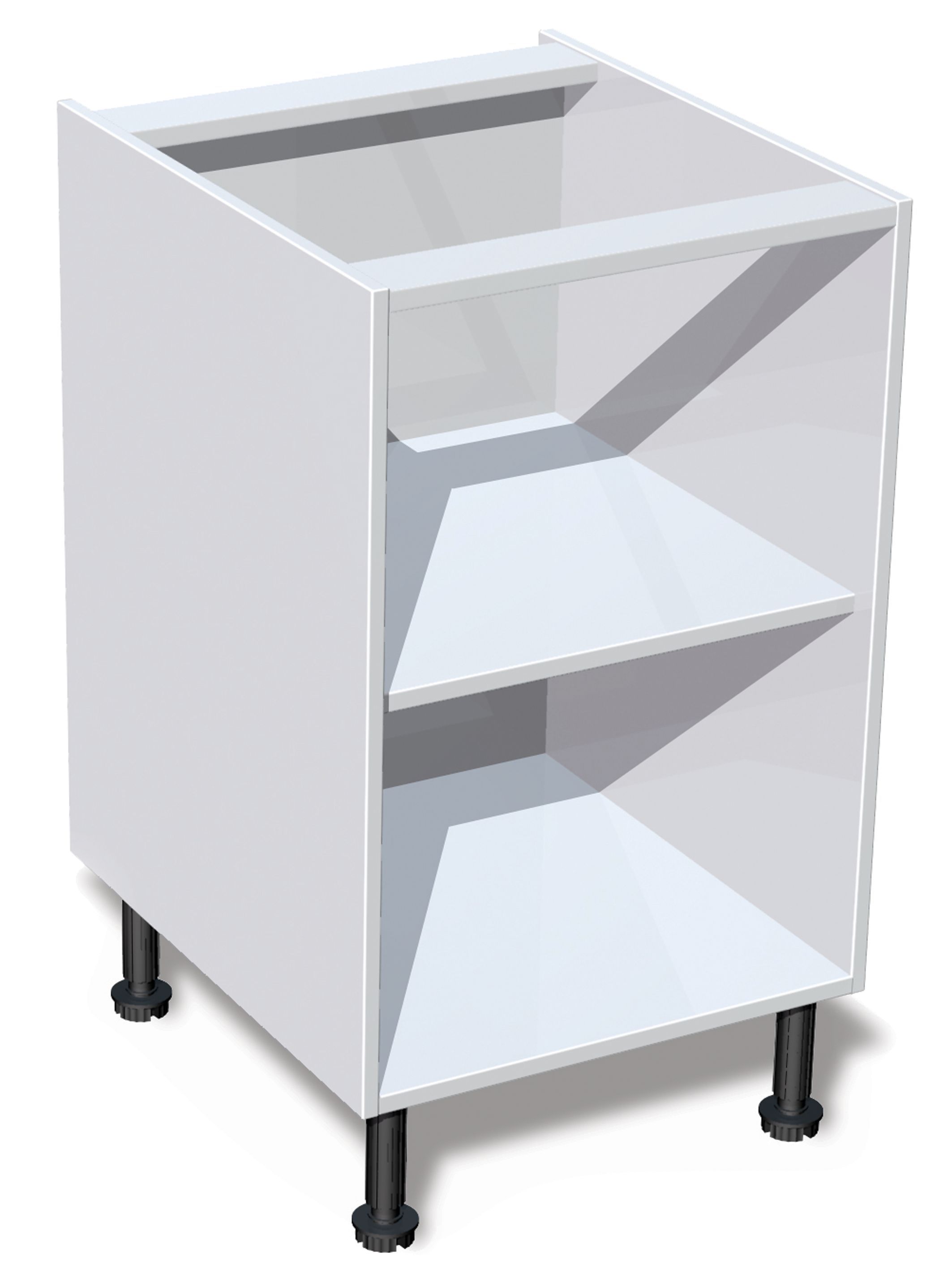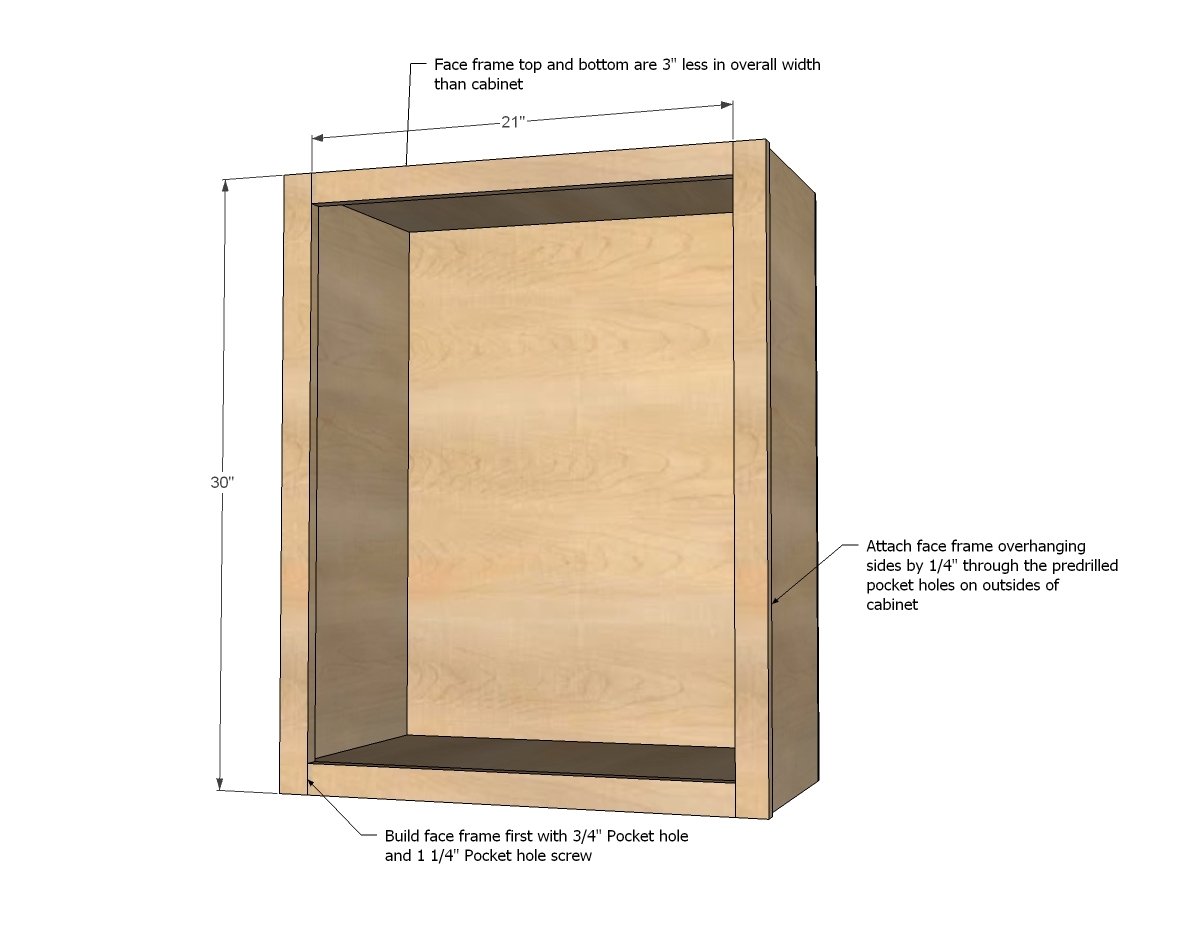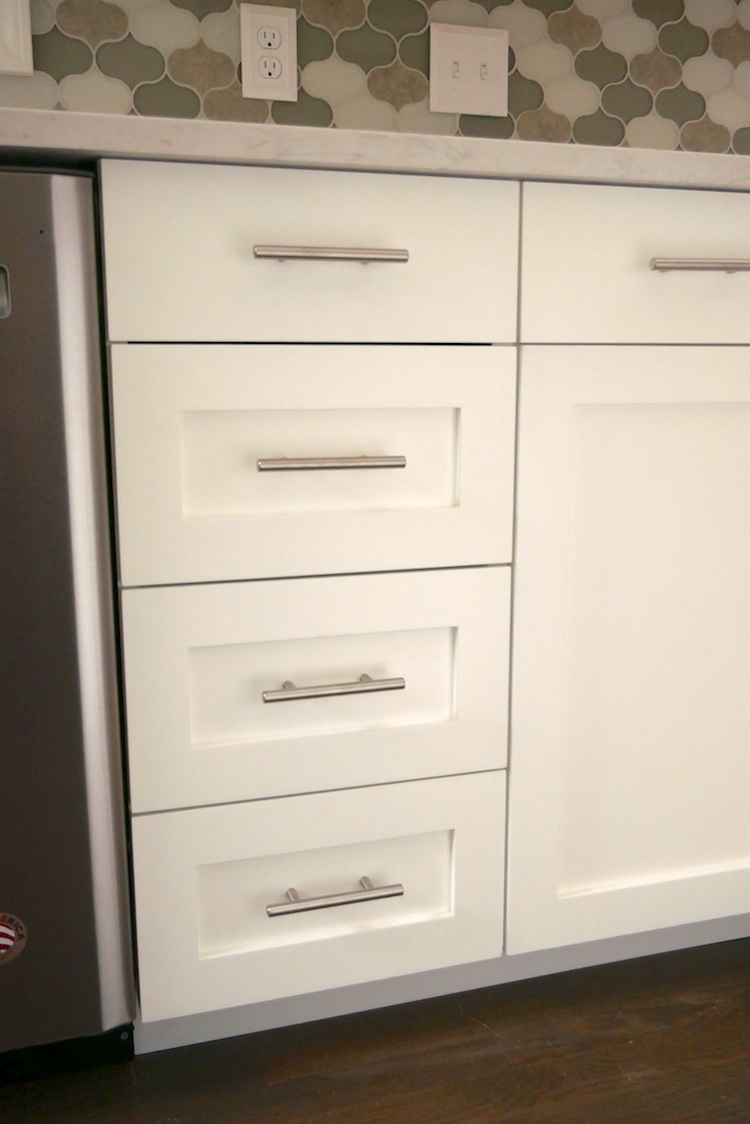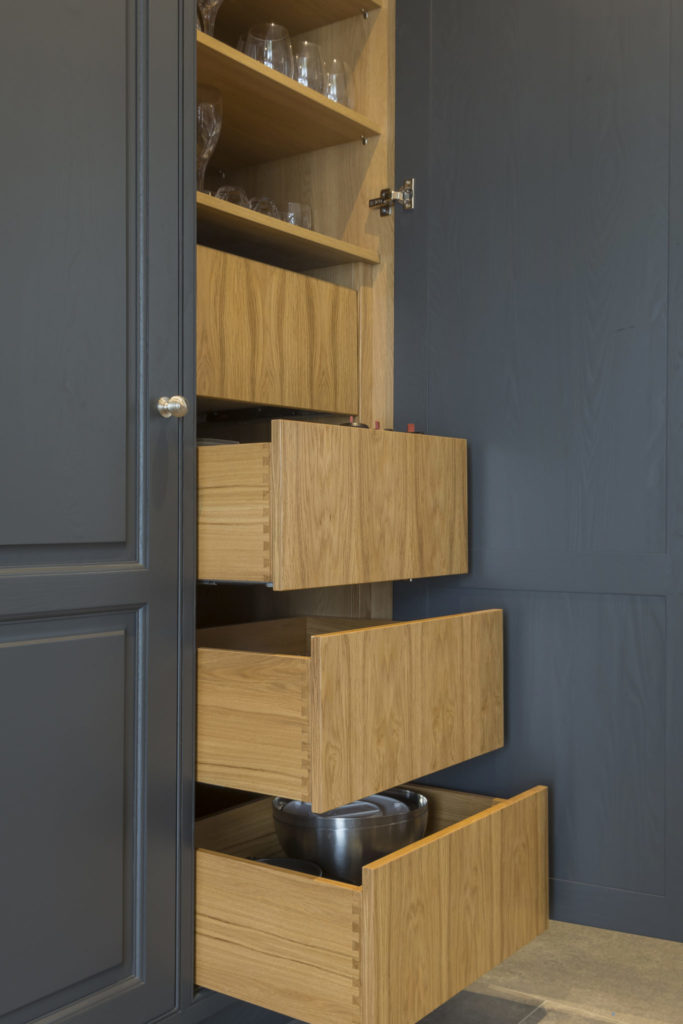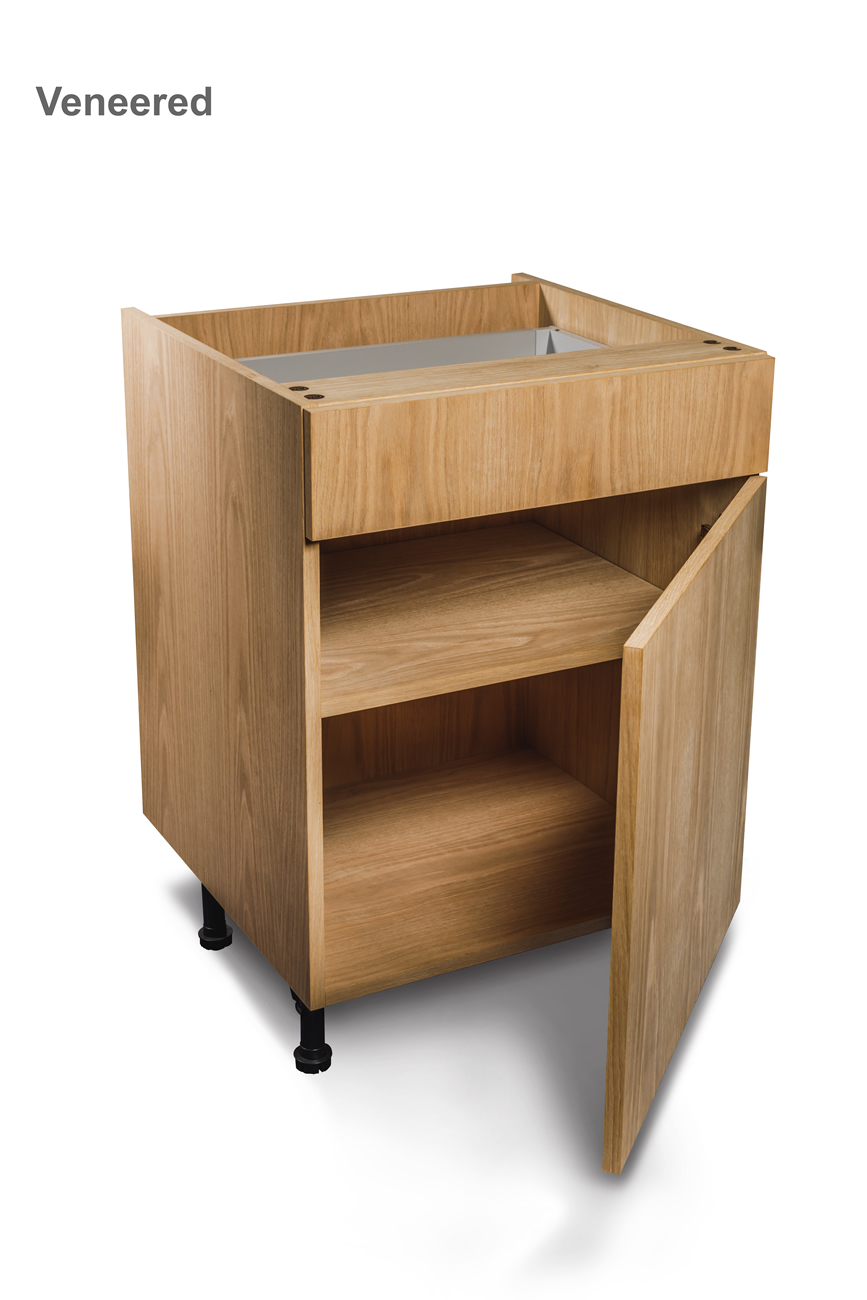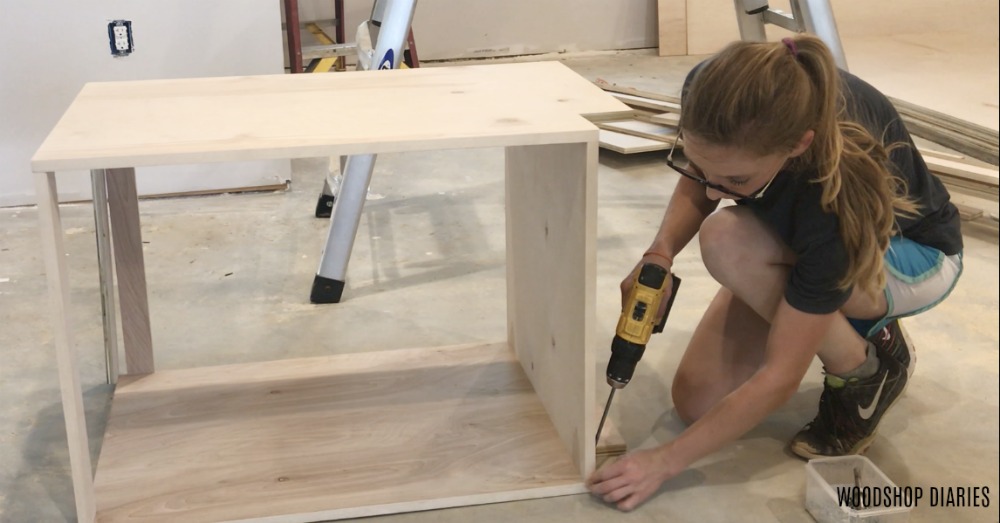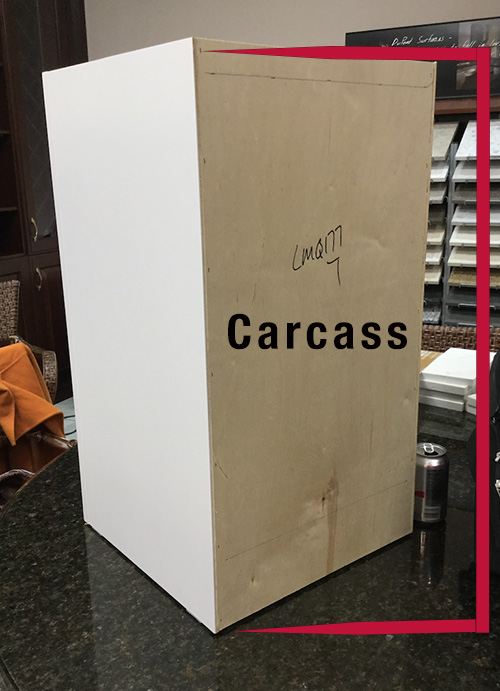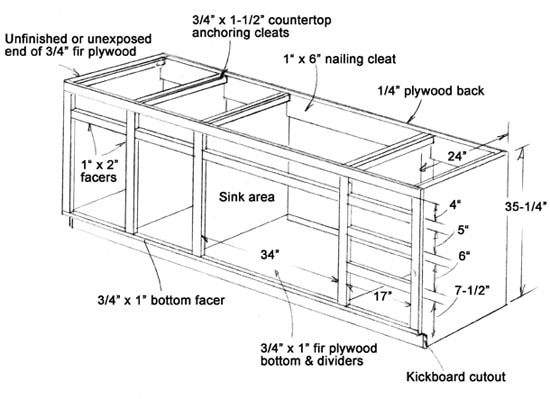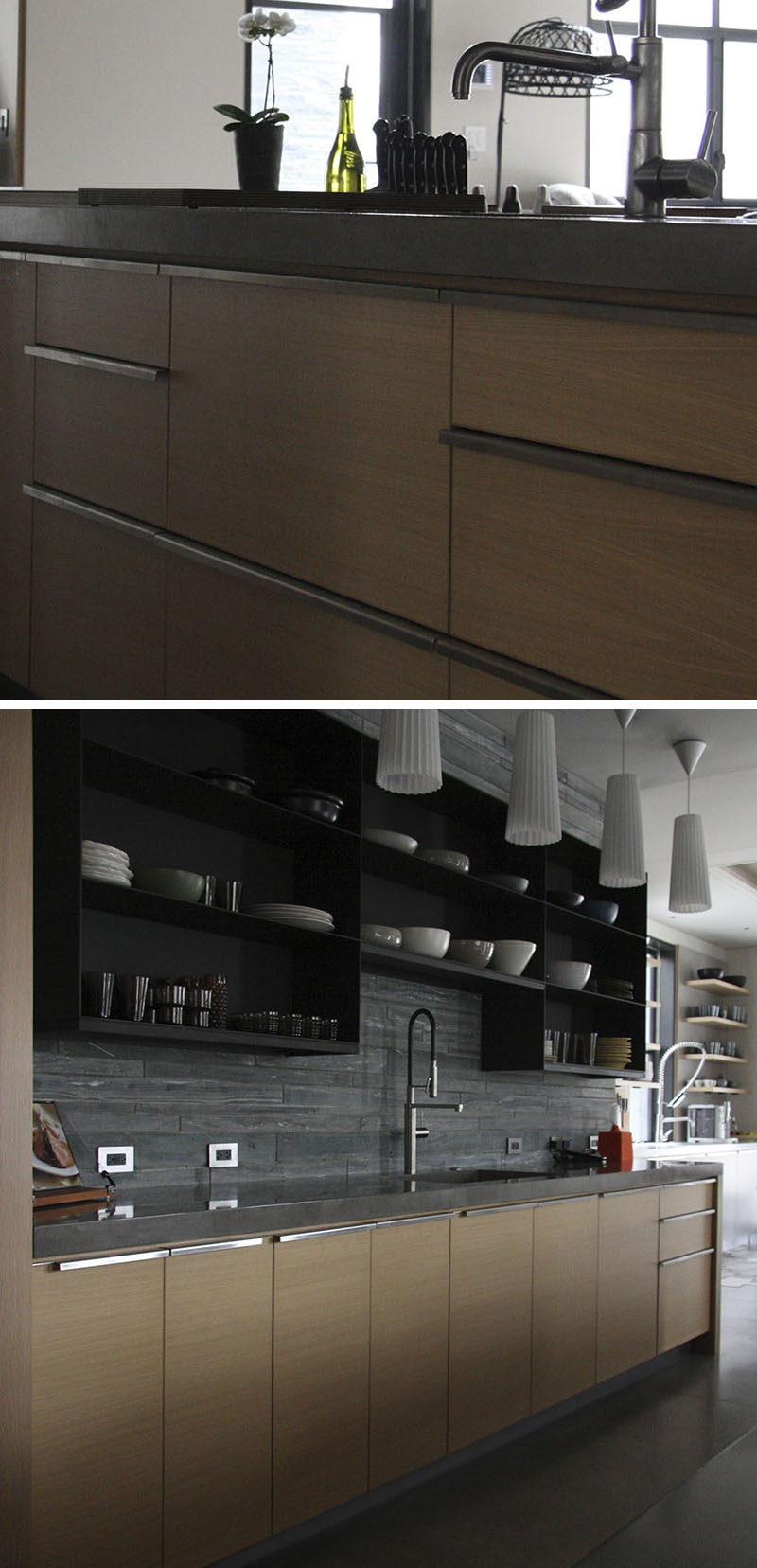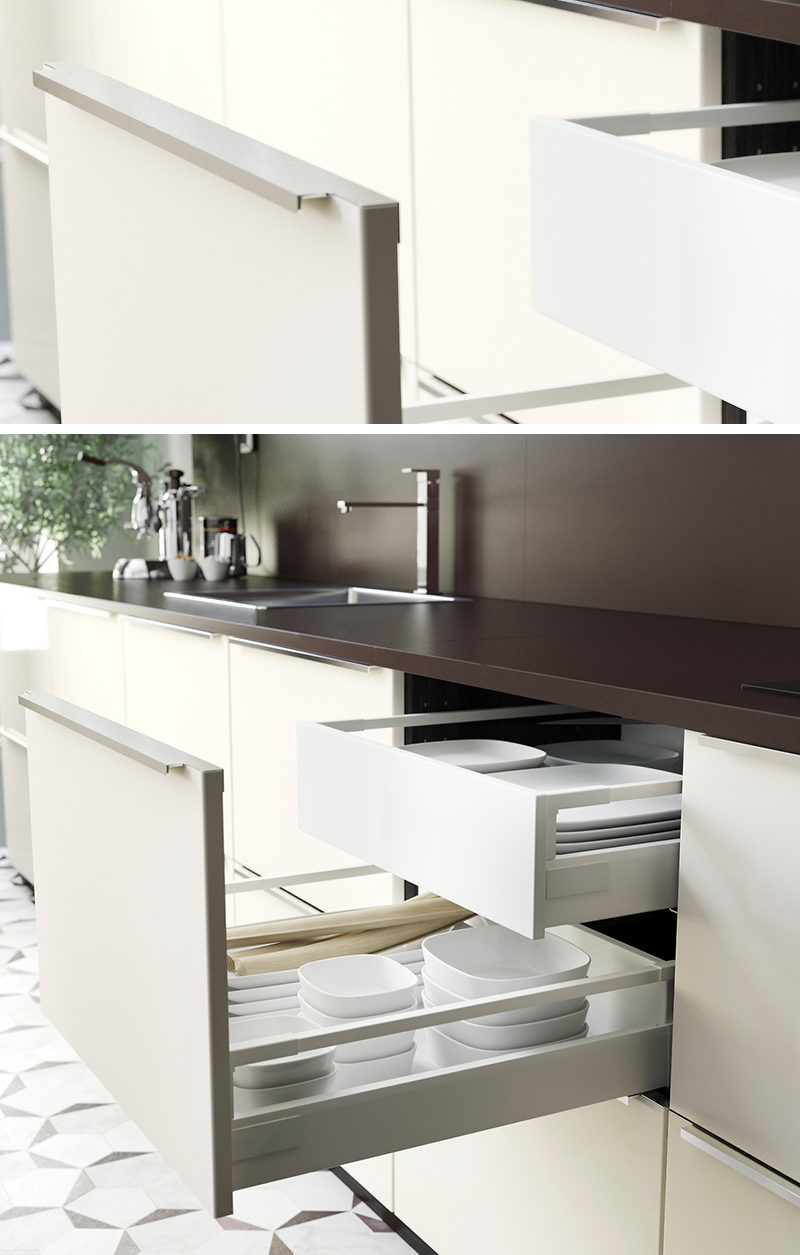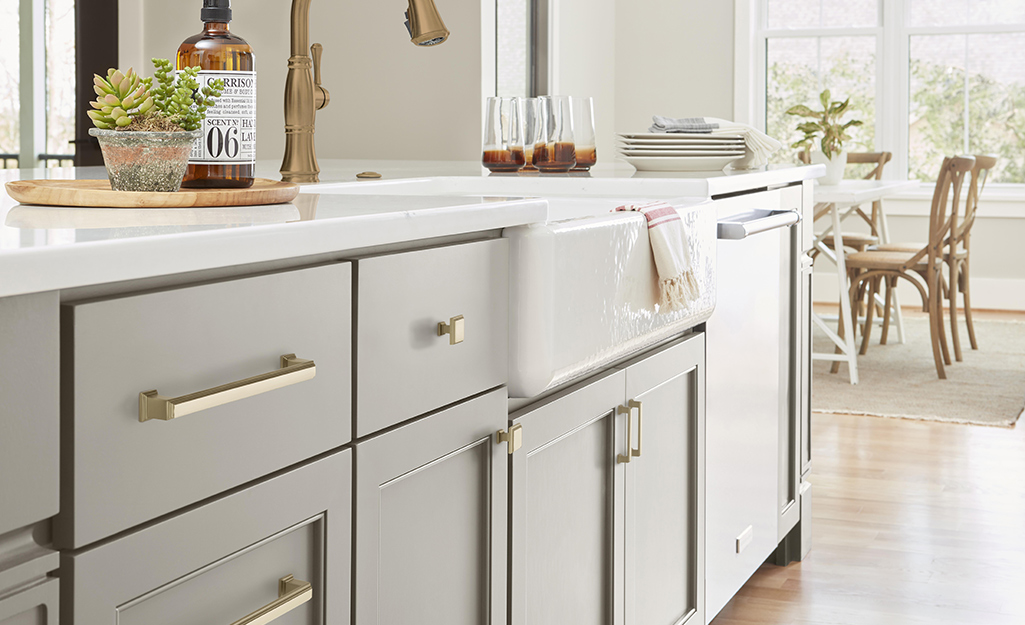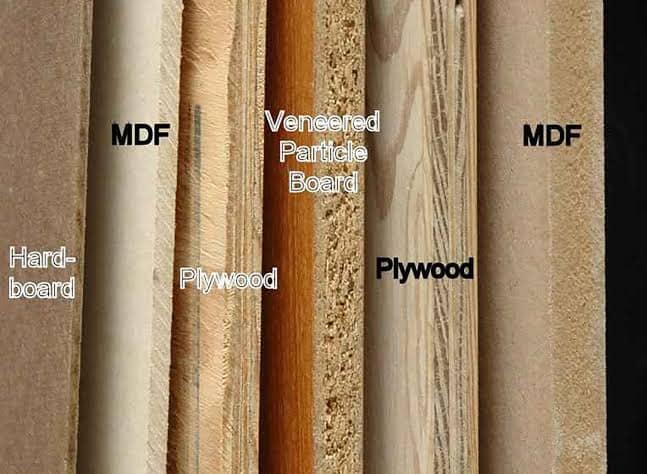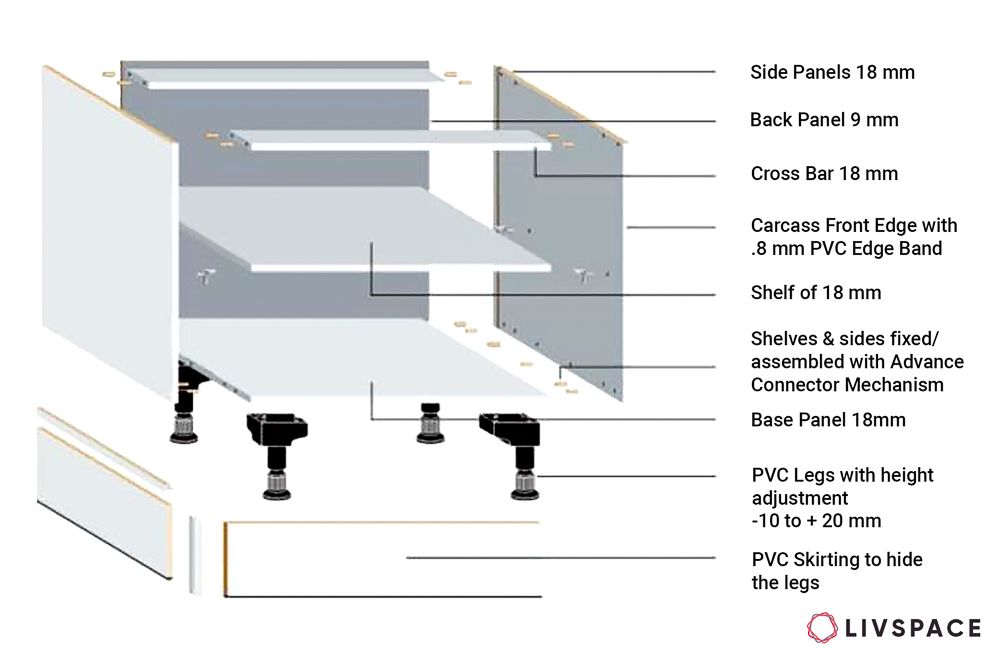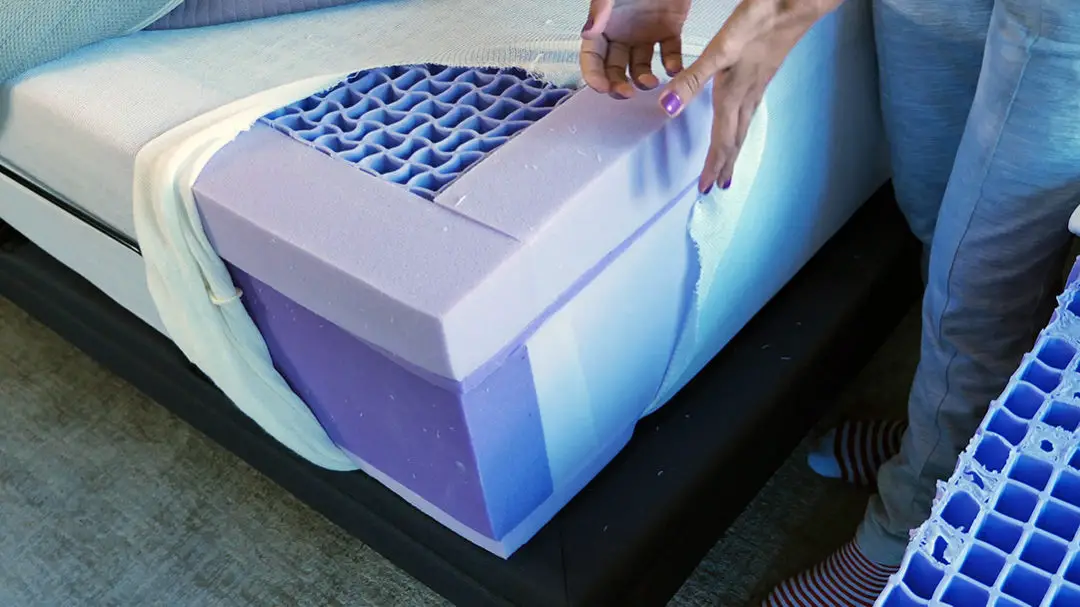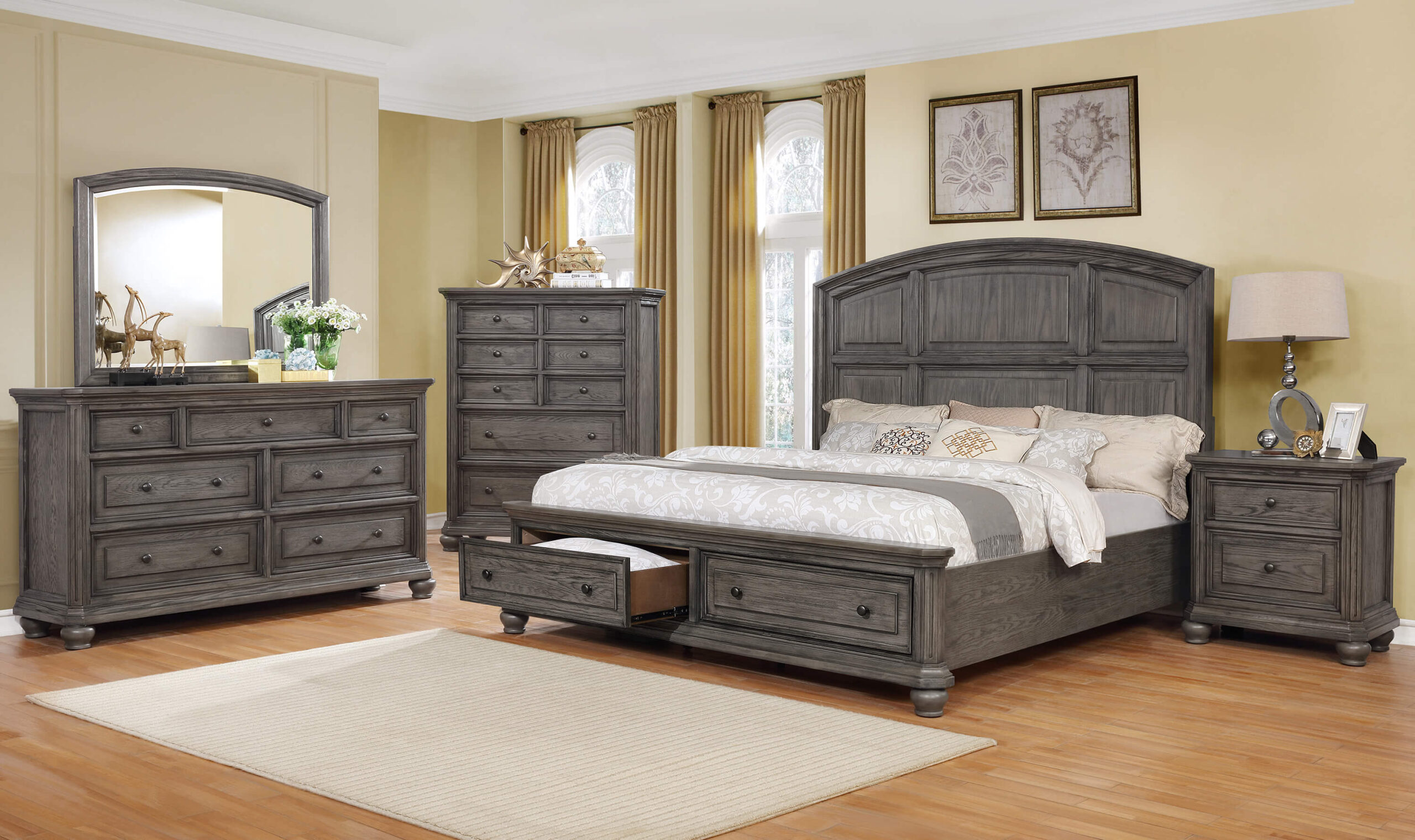1. Kitchen Cabinet Carcass Design Ideas
When it comes to designing your kitchen, the cabinet carcass is a crucial element that often goes unnoticed. However, the right design can make a significant difference in both the functionality and aesthetics of your kitchen. Here are some creative kitchen cabinet carcass design ideas to inspire your next renovation project.
2. Kitchen Cabinet Carcass Construction
The construction of your kitchen cabinet carcass is the foundation for the rest of your kitchen. It is essential to choose a sturdy and durable construction method that can withstand the weight of your cabinet doors and shelves. Popular options include plywood, MDF, and particle board, each with its own advantages and disadvantages.
3. Kitchen Cabinet Carcass Materials
The materials used for your cabinet carcass can also make a significant impact on the overall look and feel of your kitchen. Wood veneer, laminate, and thermofoil are popular options for cabinet exteriors, while melamine and metal are often used for interior components. Consider your budget, style, and maintenance preferences when choosing the right materials for your kitchen cabinet carcass.
4. Kitchen Cabinet Carcass Dimensions
The size and dimensions of your kitchen cabinet carcass will depend on the layout and available space in your kitchen. Standard sizes for base cabinets are 24 inches deep and 34 1/2 inches tall, while wall cabinets are typically 12 inches deep and 30 inches tall. However, custom sizes can also be made to fit your specific needs and kitchen layout.
5. Kitchen Cabinet Carcass Assembly
Proper assembly is crucial for the strength and durability of your kitchen cabinet carcass. The type of joinery used can also affect the overall look and feel of your cabinets. Popular options include butt joints, rabbet joints, and dado joints. Make sure to choose a method that is suitable for the type of materials you are using.
6. Kitchen Cabinet Carcass Plans
If you are a DIY enthusiast, having detailed plans for your kitchen cabinet carcass can make the construction process much smoother. There are many free and paid plans available online, or you can create your own based on your specific needs and preferences. Make sure to include accurate measurements and a detailed list of materials and tools needed.
7. Kitchen Cabinet Carcass Types
There are various types of kitchen cabinet carcasses to choose from, each with its own unique characteristics and benefits. The most common types include face frame, frameless, and inset cabinets. Face frame cabinets have a frame attached to the front of the carcass, while frameless cabinets have no frame, allowing for more storage space. Inset cabinets have doors that sit flush with the frame, creating a seamless and high-end look.
8. Kitchen Cabinet Carcass Hardware
The hardware you choose for your kitchen cabinet carcass can add both function and style to your cabinets. Consider the type of hinges, drawer slides, and handles you want for your cabinets. Soft-close hinges and full-extension drawer slides are popular options for a smooth and silent closing experience. Choose hardware that complements your overall kitchen design.
9. Kitchen Cabinet Carcass Joinery
As mentioned earlier, the type of joinery used for your kitchen cabinet carcass can affect its durability and overall look. However, it can also have an impact on the cost and complexity of construction. Dovetail joints are a popular choice for their strength and aesthetics, while cam locks and dowels are more budget-friendly options.
10. Kitchen Cabinet Carcass Finishes
The finish of your kitchen cabinet carcass can enhance the appearance and protect the materials from wear and tear. Popular finishes for cabinet carcasses include paint, stain, and veneer. Make sure to choose a finish that is suitable for the type of materials you are using and complements the overall style of your kitchen.
In conclusion, the design of your kitchen cabinet carcass is an important aspect to consider when planning your kitchen renovation. From materials and construction to finishes and hardware, every detail plays a role in creating a functional and visually appealing kitchen. Use these ideas to help guide your decision-making process and create the perfect kitchen cabinet carcass for your home.
Designing a Functional and Stylish Kitchen Cabinet Carcass

Maximizing Space and Functionality
 When it comes to designing a kitchen, one of the most important elements to consider is the
kitchen cabinet carcass
. This is the framework that supports your cabinets and provides the foundation for your entire kitchen. Not only does it need to be structurally sound, but it also needs to be functional and efficient in terms of storage space.
One way to maximize the functionality of your kitchen cabinet carcass is to incorporate
pull-out shelves
. These shelves can be installed within your carcass and allow for easy access to items at the back of your cabinets. No more reaching and rummaging through cluttered shelves, as everything is easily visible and within reach.
Another popular trend in kitchen cabinet carcass design is
corner cabinets
. These cabinets make use of the often wasted space in the corners of your kitchen by utilizing special hinges and mechanisms that allow for easy access to the contents inside. This is especially useful for larger items such as pots and pans, making them easily accessible without taking up valuable counter space.
When it comes to designing a kitchen, one of the most important elements to consider is the
kitchen cabinet carcass
. This is the framework that supports your cabinets and provides the foundation for your entire kitchen. Not only does it need to be structurally sound, but it also needs to be functional and efficient in terms of storage space.
One way to maximize the functionality of your kitchen cabinet carcass is to incorporate
pull-out shelves
. These shelves can be installed within your carcass and allow for easy access to items at the back of your cabinets. No more reaching and rummaging through cluttered shelves, as everything is easily visible and within reach.
Another popular trend in kitchen cabinet carcass design is
corner cabinets
. These cabinets make use of the often wasted space in the corners of your kitchen by utilizing special hinges and mechanisms that allow for easy access to the contents inside. This is especially useful for larger items such as pots and pans, making them easily accessible without taking up valuable counter space.
Style and Aesthetics
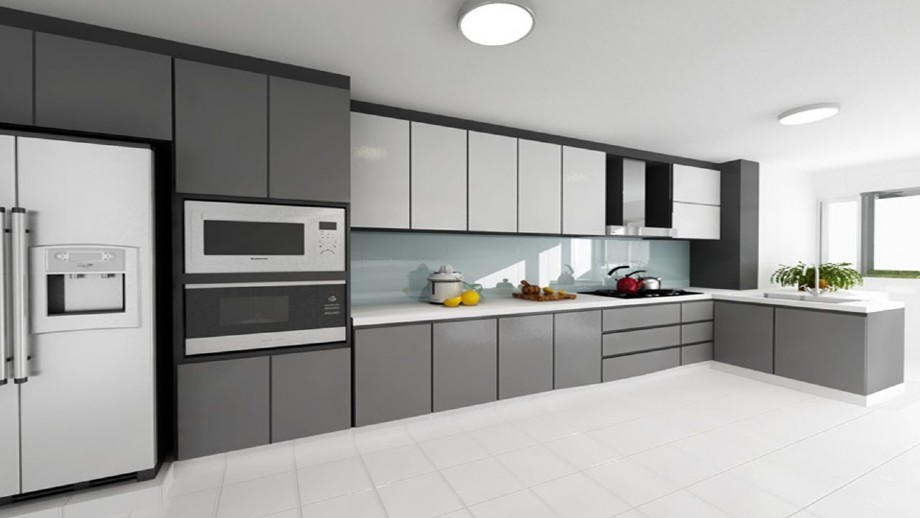 While functionality is key, the design of your kitchen cabinet carcass also plays a significant role in the overall look and feel of your kitchen. To achieve a cohesive and stylish look, it is important to consider the
material and finish
of your carcass. Wood and wood veneer are popular options for a classic and timeless look, while laminates and thermofoil offer a more modern and sleek appearance.
You can also add some personality and character to your kitchen by incorporating
glass doors
into your cabinet carcass design. This allows you to display your beautiful dinnerware and adds a touch of elegance to your space. Additionally, you can choose from a variety of
hardware options
such as knobs and handles to further customize the look of your cabinets.
While functionality is key, the design of your kitchen cabinet carcass also plays a significant role in the overall look and feel of your kitchen. To achieve a cohesive and stylish look, it is important to consider the
material and finish
of your carcass. Wood and wood veneer are popular options for a classic and timeless look, while laminates and thermofoil offer a more modern and sleek appearance.
You can also add some personality and character to your kitchen by incorporating
glass doors
into your cabinet carcass design. This allows you to display your beautiful dinnerware and adds a touch of elegance to your space. Additionally, you can choose from a variety of
hardware options
such as knobs and handles to further customize the look of your cabinets.
Conclusion
 When designing your kitchen, it is important to pay attention to the details, including the kitchen cabinet carcass. By incorporating functional and stylish elements, you can create a space that is both efficient and aesthetically pleasing. Don't be afraid to get creative and think outside the box when it comes to designing your kitchen cabinet carcass. After all, it is the heart of your kitchen and should be both functional and beautiful.
When designing your kitchen, it is important to pay attention to the details, including the kitchen cabinet carcass. By incorporating functional and stylish elements, you can create a space that is both efficient and aesthetically pleasing. Don't be afraid to get creative and think outside the box when it comes to designing your kitchen cabinet carcass. After all, it is the heart of your kitchen and should be both functional and beautiful.


